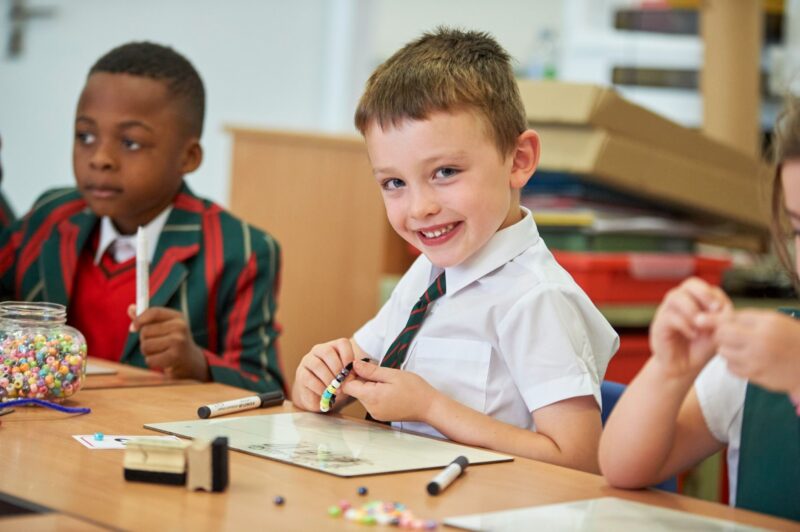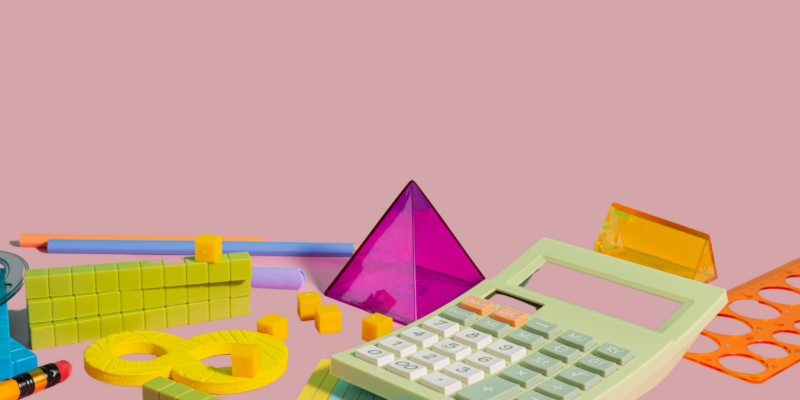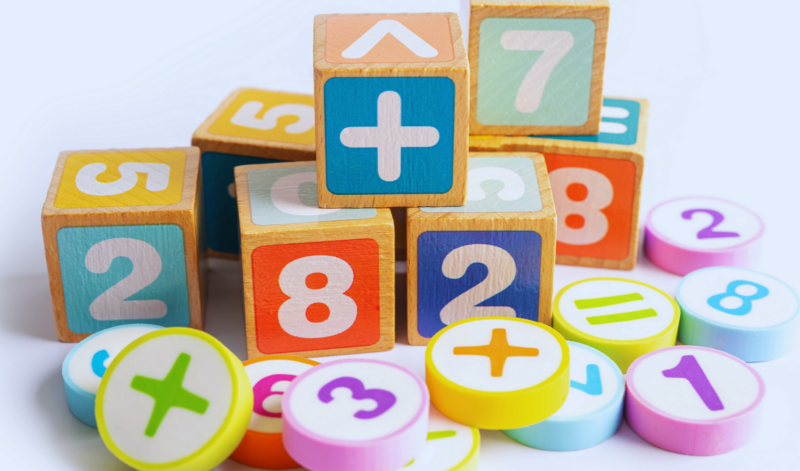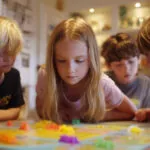
Share Post:
Think about trying to build a house on sand. It would be unsteady and fall apart quickly. The same goes for learning math without understanding place value. It’s the foundation that helps kids make sense of numbers and their importance. If they don’t get place value, tackling tougher math problems will be really hard.
In this guide, I want to share some practical tips that helped my year 6 students get the hang of place values and feel more confident with their math skills.
Table of Contents
Toggle1. Show, don’t just tell

Visual aids can make abstract concepts more concrete. Use place value charts, Base 10 Blocks, and number lines to illustrate how digits represent different values depending on their position. For instance, show how the digit ‘5’ in 350 is worth fifty times more than the ‘5’ in 305. These tools help students visualize and better understand the concept of place value.
Hands-on activities
Incorporate hands-on activities where students can manipulate objects. For example, I used base-ten blocks to build numbers and demonstrate how moving a block to a different position changes its value. This tactile experience reinforces their understanding and makes learning more engaging.
2. Relate to real-life scenarios
Link place value concepts to real-life situations. Discuss money, measurement, and other scenarios where place value is evident.
For example, when shopping, explain how the position of digits in prices affects the total cost. This connection helps students see the practical application of what they’re learning.
Role-playing games
Create role-playing games where students handle imaginary money, measure objects, or deal with large numbers in various contexts.
These activities make learning fun and relevant, reinforcing the importance of place values in everyday life. My students love them, it seems to them as if they’re playing, when in fact they are learning.
3. Use interactive learning tools

Leverage educational apps and online games that focus on place value. Tools like Mathletics, Khan Academy, and interactive whiteboards offer engaging ways for students to practice and reinforce their understanding.
These resources often include immediate feedback, which helps students correct mistakes and learn more effectively.
Virtual manipulatives
Use virtual manipulatives to demonstrate place value concepts. These digital tools allow students to visualize and manipulate numbers on a screen, providing a dynamic and interactive learning experience. Websites like the National Library of Virtual Manipulatives offer a range of resources for this purpose.
4. Break down complex concepts
When introducing new concepts, break them down into smaller, manageable parts. Start with the basics, such as understanding the value of digits in single-digit numbers, before progressing to larger numbers.
Use step-by-step explanations and ensure students grasp each concept before moving on.
Scaffolded learning
Implement scaffolded learning techniques by providing support structures that gradually reduce as your 6 year old students gain confidence. Use guided practice, collaborative learning, and independent exercises to build their understanding progressively.
5. Encourage group work
Group activities encourage peer-to-peer learning and allow students to explain concepts to each other. This collaborative approach often leads to a deeper understanding as students discuss and solve problems together.
Assign group tasks where students must use place value to complete challenges, such as creating large numbers from smaller ones.
Peer tutoring
Pair students with different skill levels for peer tutoring sessions. The act of teaching reinforces the tutor’s understanding while providing personalized support to the learner.
It actually works really well! This method fosters a collaborative learning environment and builds confidence in both students. If you, as a student, need help with studying, you can pay a visit to Alchemy Tuition.
6. Try learning through play
Incorporate games that focus on place value. Board games, card games, and digital games can make learning enjoyable and interactive.
For example, create a game where students must build the largest number possible with a given set of digits, emphasizing the importance of digit placement.
Organize classroom competitions
Organize classroom competitions that involve place value challenges. These activities can motivate students to engage with the material and strive for a better understanding. Reward winners with small prizes to encourage participation and effort.
7. Provide regular practice

Regular practice is key to mastering place value. Incorporate place value exercises into daily math lessons to reinforce concepts continuously. Use a variety of activities, including worksheets, quizzes, and interactive games, to keep practice sessions interesting and effective.
8. Connect to higher-level math
Show how place value knowledge is essential for understanding more complex math topics, such as decimals, fractions, and multiplication. Explain that mastering place value now will make these future concepts easier to grasp. This forward-thinking approach helps students appreciate the importance of what they are learning.
Integrate place value into lessons on other math topics. For example, when teaching multiplication, highlight how understanding place value can simplify the process of multiplying large numbers. This integrated approach reinforces the interconnectedness of mathematical concepts.
9. Foster a growth mindset
Encourage a growth mindset by emphasizing that mistakes are part of the learning process. Create a classroom environment where students feel safe to take risks and make errors. Praise effort and persistence, and use mistakes as teaching moments to deepen understanding.
Use positive reinforcement
Use positive reinforcement to build confidence and motivate students. Celebrate successes, no matter how small, and provide constructive feedback to help students improve. This supportive approach fosters a positive attitude towards learning and encourages students to keep trying.
10. Tailor instruction to individual needs
Recognize that each student learns differently and tailor your instruction accordingly. Use assessments to identify individual strengths and weaknesses, and provide targeted support where needed.
Differentiated instruction ensures that all students have the opportunity to succeed!
Try flexible grouping
Implement flexible grouping strategies to address varying levels of understanding within the classroom. Group students by ability for specific tasks, and rotate groups regularly to provide diverse learning experiences. This approach allows for more personalized instruction and helps meet the needs of all learners.
In summary
With these strategies, you’ll turn place value into a fun and approachable topic. My students were so scared when I introduced the topic we were supposed to start, but with these methods, the whole process has become much easier. This way, kids will build a solid foundation in place value, setting them up for future math success.
Related Posts:
- Real Examples That Help Explain Decimals to Primary Students
- Helping Kids Conquer Math Anxiety – Practical Tips…
- How to Study Math Abroad as a Non-Native English…
- Top 10 SAT Math Tips to Boost Your Score
- Algebra 1 Curriculum Breakdown – What Students Will…
- Standing or Sitting - Which Posture Helps Students…











